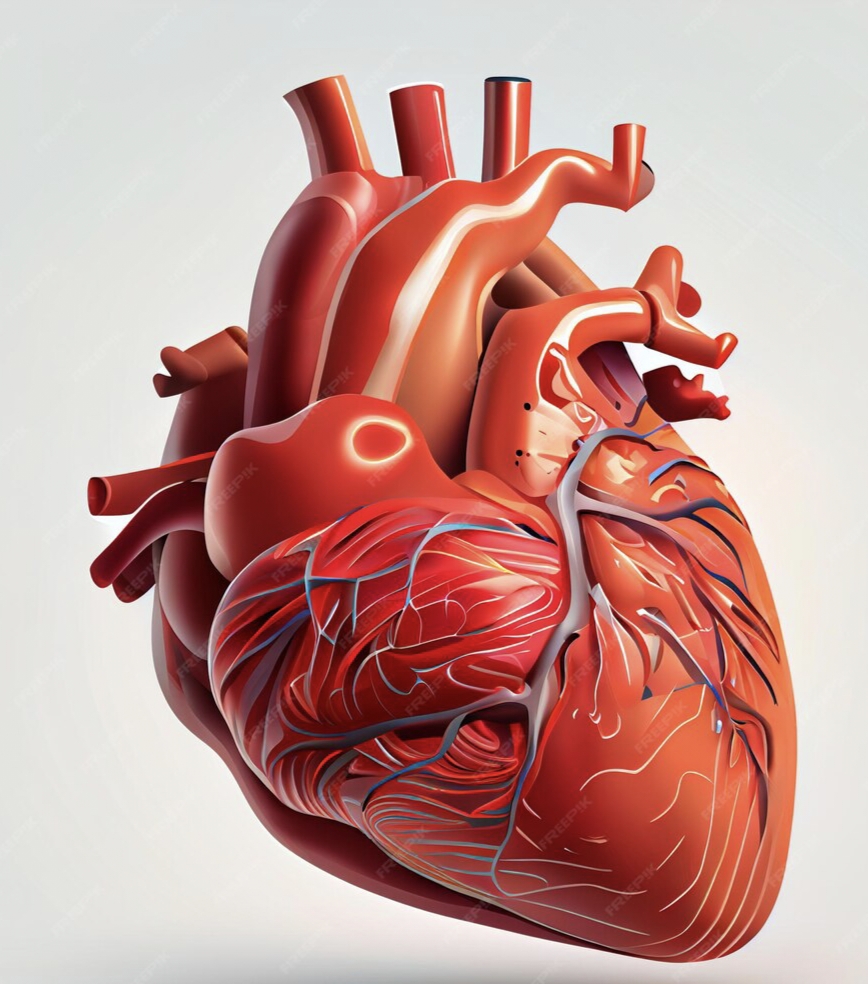A lipid profile is a blood test that measures various types of fats (lipids) in your bloodstream. These fats include cholesterol and triglycerides, which are essential for bodily functions but can become problematic when levels are too high. Lipid profiles are commonly used to assess cardiovascular health and to determine the risk of heart disease and stroke.
Here’s a description of each component typically included in a lipid profile:
- Total Cholesterol: This is the sum of all types of cholesterol in your blood, including high-density lipoprotein (HDL), low-density lipoprotein (LDL), and very low-density lipoprotein (VLDL) cholesterol.
- HDL Cholesterol (High-Density Lipoprotein): Often called “good” cholesterol, HDL helps remove cholesterol from your arteries, transporting it to the liver where it can be excreted or recycled. Higher levels of HDL are associated with a lower risk of heart disease.
- LDL Cholesterol (Low-Density Lipoprotein): Known as “bad” cholesterol, LDL carries cholesterol particles throughout your bloodstream, depositing them in the walls of your arteries. Elevated LDL levels can lead to a buildup of plaque in the arteries, increasing the risk of heart disease and stroke.
- Triglycerides: Triglycerides are a type of fat found in the bloodstream and stored in fat cells. They are derived from the fats we eat and are also produced by the body. High triglyceride levels can increase the risk of heart disease, especially when combined with low HDL cholesterol and high LDL cholesterol levels.
- Non-HDL Cholesterol: This is calculated by subtracting HDL cholesterol from total cholesterol. Non-HDL cholesterol includes LDL, VLDL, and other potentially atherogenic lipoproteins. It is considered a better predictor of cardiovascular risk than LDL alone.
- VLDL Cholesterol (Very Low-Density Lipoprotein): VLDL is a type of lipoprotein that carries triglycerides in the blood. Elevated VLDL levels can contribute to the buildup of plaque in the arteries, increasing the risk of heart disease.
Your healthcare provider will interpret the results of your lipid profile in conjunction with other risk factors such as age, gender, blood pressure, smoking status, and family history of heart disease to assess your overall cardiovascular risk. Depending on the results, lifestyle modifications, medications, or further testing may be recommended to help manage your lipid levels and reduce your risk of cardiovascular events.






Reviews
There are no reviews yet.